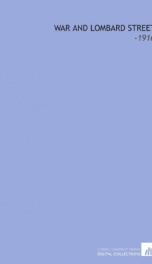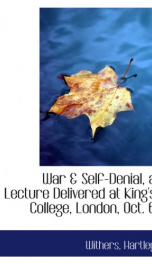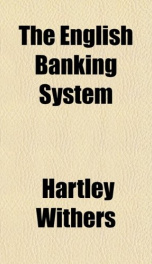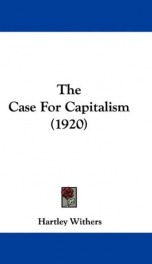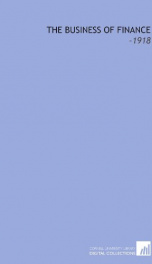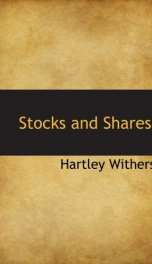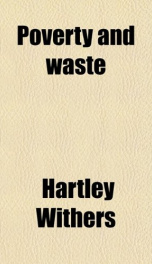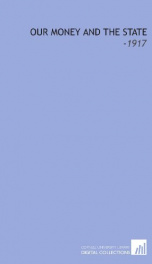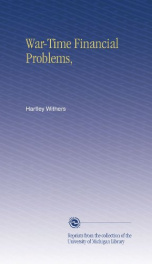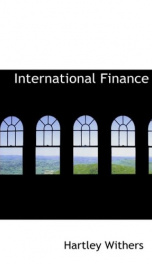the meaning of money
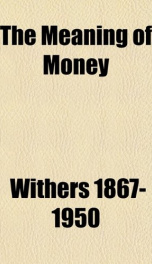
Purchase of this book includes free trial access to www.million-books.com where you can read more than a million books for free. This is an OCR edition with typos. Excerpt from book: CHAPTER III PAPER CASH The exchange of a hat for a sovereign is a quite commonplace proceeding, but when we begin to exchange a hat for a piece of paper, which is only accepted because it is believed to be convertible into gold, the element of belief, that is to say of credit, enters into the transaction, and we have moved up a step on the ladder of economic civilization. The first stage, as we have seen, was from barter, by which goods were exchanged for goods to purchase, by which goods were exchanged for one commodity of universal acceptability. And a process of painful evolution finally decided that gold was best fitted to be that commodity. But an enormous expansion of trade was made possible when it was discovered that gold could be economized by the use of paper which represented and multiplied it, and when confidence in a banker became sufficiently established to induce the community to circulate his promises to pay instead of pieces of metal. The process of this evolution, also, was painful enough, and the loss and uncertainty caused by the bad and debased coin currency of the Middle Ages were rivalled by the ruin and disasters of the early days of banking, when notes were issued without any regard for the assets which were behind them, or the ability of the issuer to meet them on presentation. Nevertheless, the appearance of the bank-note marks the first step in the development of banking as we understand it nowadays, that is, of a machinery for the manufacture of credit. Before the bank-note won its way into circulation, such bankers as existed were chiefly goldsmiths and bullion dealers; they were sometimes loan mongers, collecting coin from one set of customers to lend it to another, or to discount bills for another, but it was only when they began to i...
Info about the book
Author:
Series:
Unknown
ASIN:
B008HA3MHI
Rating:
2.5/5 (3)Your rating:
0/5
Languge:
English
Users who have this book
Users who want this book
What readers are saying
What do you think? Write your own comment on this book!
write a commentGenre
if you like the meaning of money try:
Do you want to exchange books? It’s EASY!
Get registered and find other users who want to give their favourite books to good hands!

